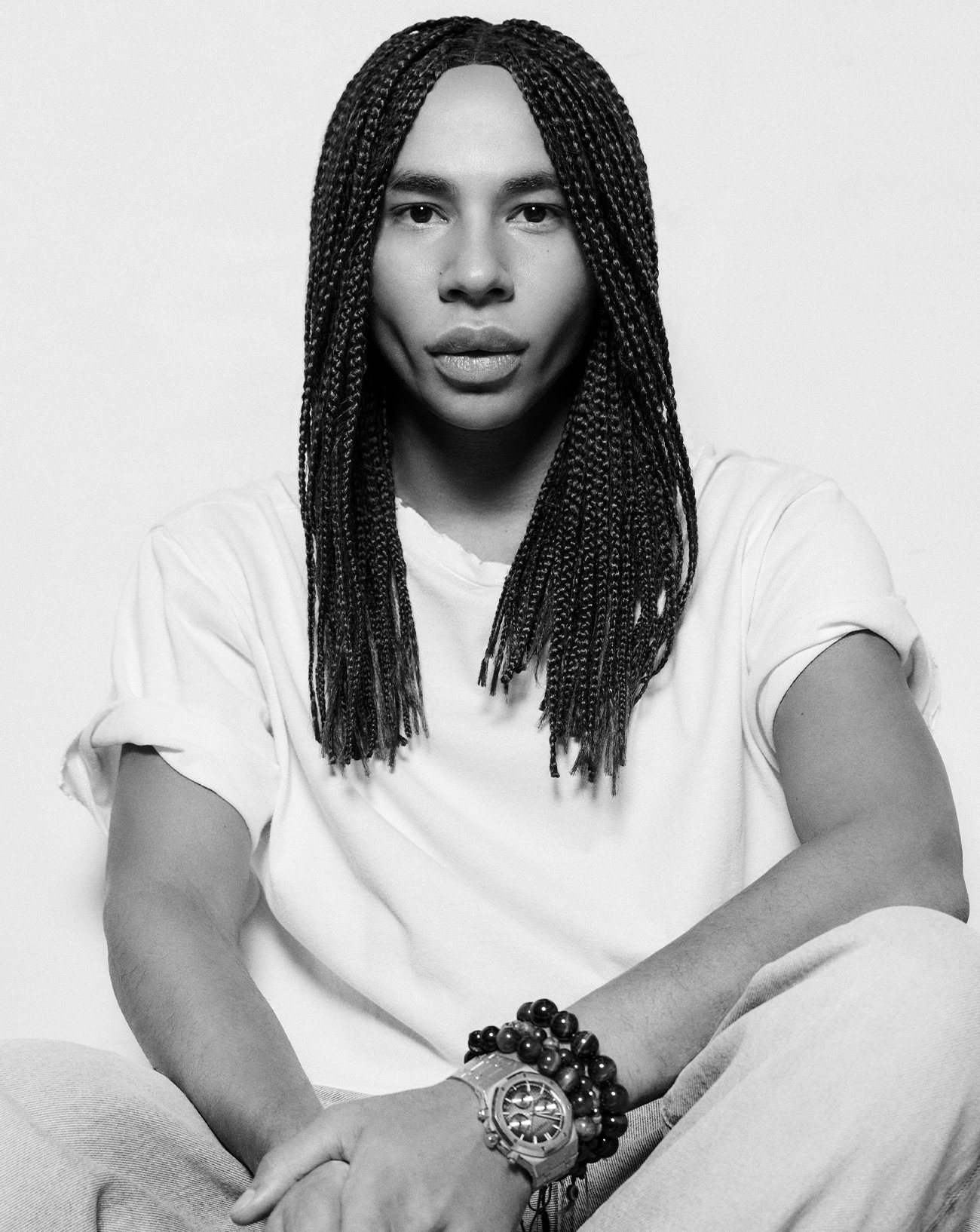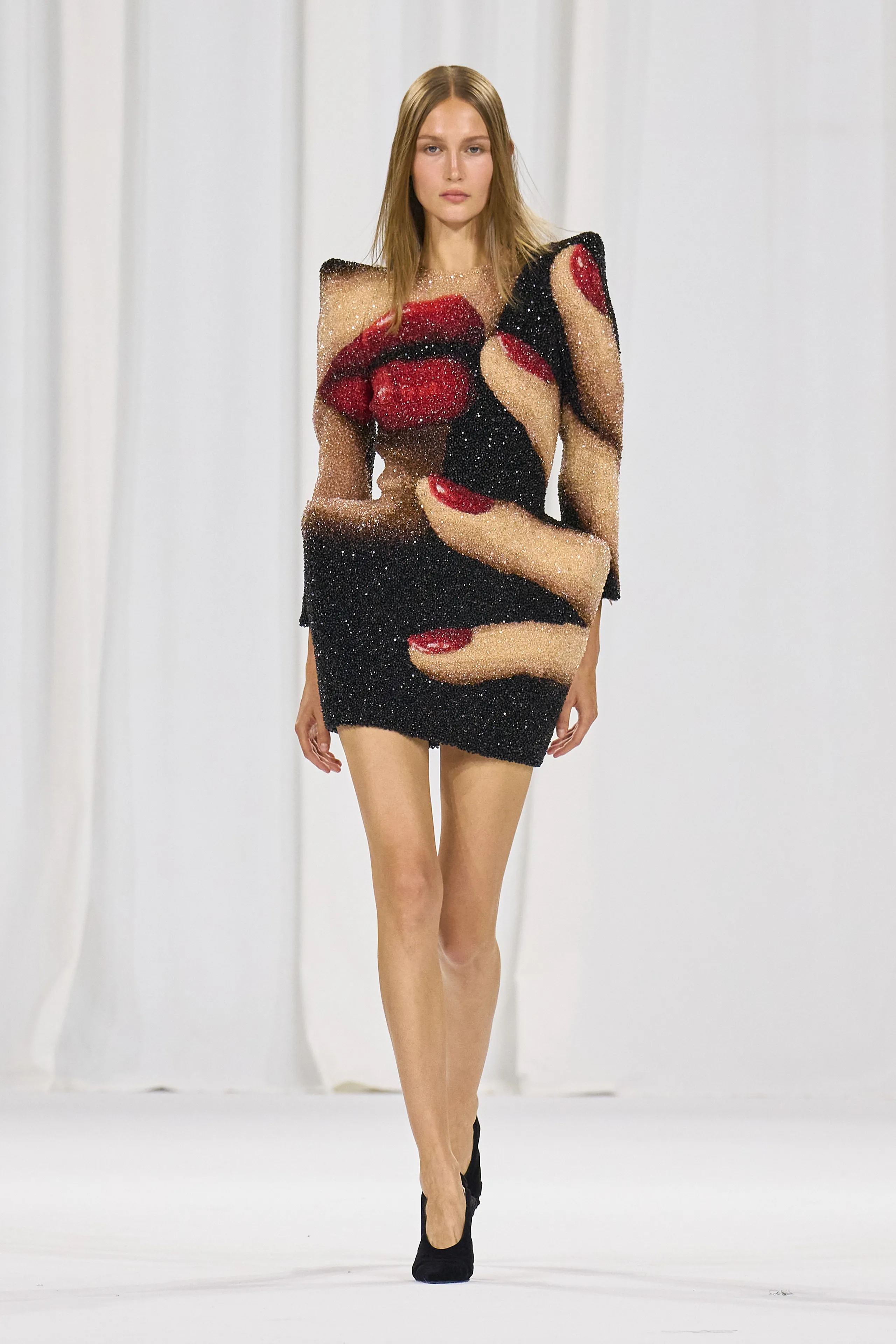
At fourty, Olivier Rousteing stands at a pivotal crossroads. The designer whose name became synonymous with Balmain’s unapologetic glamour has announced his departure from the French fashion house, closing a remarkable fourteen year chapter that redefined the relationship between heritage luxury and digital era culture. What ends here is not just a professional tenure, it’s the close of an era that reshaped how fashion communicates power, inclusivity, and spectacle.
When Rousteing was appointed Creative Director at just twenty five, it was a daring move that stunned the industry. Adopted as a child and later discovering his Somali and Ethiopian roots, his personal story was woven into his creative identity, one that celebrated individuality and representation long before diversity became a boardroom agenda. He brought with him a new kind of vision for Balmain, one that blended couture level craftsmanship with celebrity culture, global reach, and social media fluency.
Under Rousteing’s leadership, Balmain evolved from a Parisian heritage brand into a cultural phenomenon. He built the Balmain Army, a community of models, artists, and influencers that became as iconic as the clothes themselves. His collections were bold, sculptural, and cinematic, defined by razor sharp tailoring, gilded embellishment, and power shoulders that came to symbolise strength and self expression. He understood early that fashion was no longer confined to the runway, it lived through screens, stories, and shared moments.

Rousteing’s Balmain was also deeply personal. He positioned himself front and centre as one of the first major creative directors to embrace social media, sharing the realities behind the glamour: the work, the artistry, and sometimes the vulnerability. In doing so, he built not just a brand but a following, a generation of fashion fans who saw themselves reflected in his transparency and determination.
Yet beyond the glitz and virality, his impact runs deeper. Rousteing broke barriers as one of the few Black creative directors in French haute couture, challenging an industry long criticised for its exclusivity. He pushed conversations about representation, body image, and access to luxury. He modernised not only Balmain’s aesthetic but also its philosophy, transforming it into a brand that speaks to the world, not just to the front row.
His departure, announced in November 2025, marks the end of one of the longest and most influential tenures in modern fashion. In an age when creative directors often rotate every few seasons, Rousteing’s fourteen years stand as a testament to both vision and endurance. His exit also arrives at a moment of transition for luxury, as brands reassess their relationship with celebrity, sustainability, and authenticity in a post hype era.
For Rousteing, however, this feels less like an ending and more like evolution. He leaves Balmain at the height of his creative power, hinting that new projects, perhaps in fashion, film, or design, are on the horizon. What’s certain is that wherever he goes next, he’ll bring the same cinematic vision and cultural fluency that made him a force in the first place.
Olivier Rousteing’s legacy extends beyond sequins and silhouettes. He redefined what luxury could look like, not exclusive but expressive; not distant but digital; not muted but magnificently bold.







